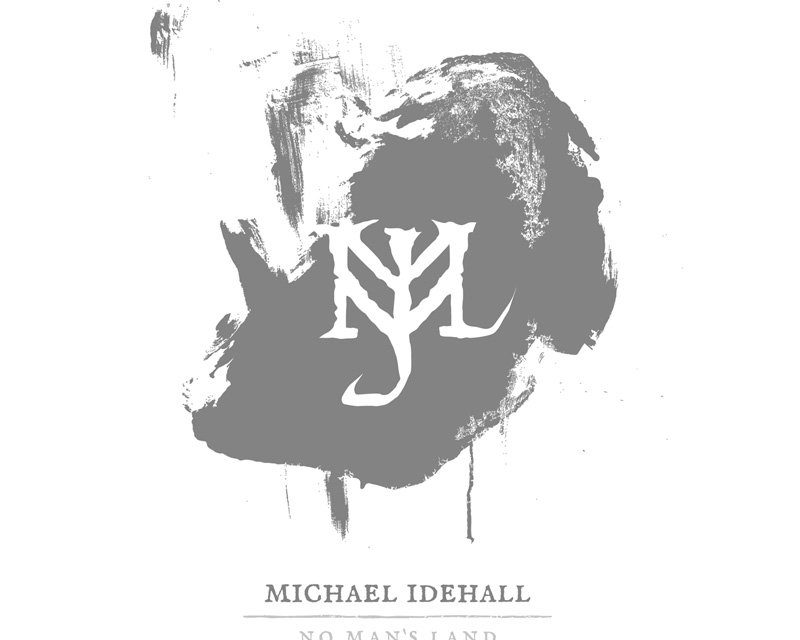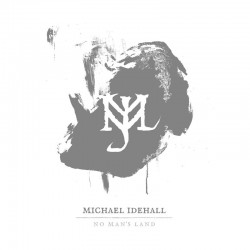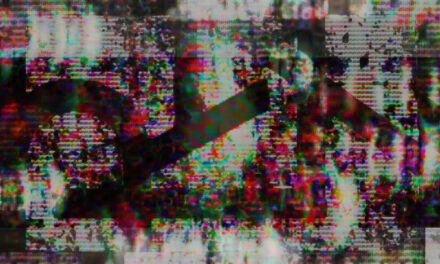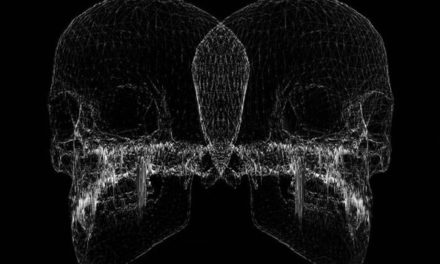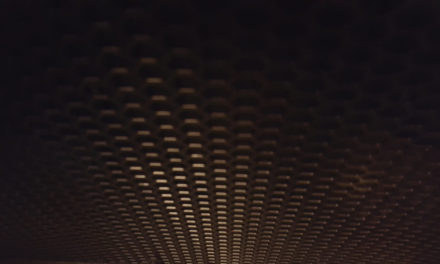Michael Idehall
No Man’s Land
Ant-Zen
Self-applied genre tags are usually pretty eye-rolling, but if there’s a better descriptor for Michael Idehall’s music than “seancetronica”, it hasn’t presented itself yet. Beyond the most obvious rhythmic noise and power electronics markers that you can assign to his work, the Swedish artist weaves a deep thread of the esoteric and subconscious into his songs. It’s that obscurity that makes his latest for Ant-Zen No Man’s Land such an interesting listen, with innumerable secrets hidden between the opaque folds of static and reverb.
The default state for most of Idehall’s compositions is low and droning, built around simple hypnotic rhythms and mostly devoid of melodic content beyond his own voice. Much of the stereo spectrum is filled out by springy reverbs and wormy lines of static that whip up and down in slow motion, creating a glacial sense of movement within each song’s borders. A feeling of enclosure is pervasive throughout, the echoing drum hits and vocals suggesting tunnels and caverns on “Nagelfar”, and the metallic clanging and scraping on “Howlings” pointing to a large metallic space like a Quonset Hut or aircraft hangar.
Still, it’s Idehall himself who is the central element of much of No Man’s Land, mumbling, chanting, reciting in monotone, and whispering across its blasted landscape. It’s not incidental that a lot of his lyrics are completely indecipherable; even when clearly enunciated like on “Through the Looking Glass” there’s always some production element or other that reduces the words to their consonant components. Sometimes, like on “Yoni”, the repetition of words becomes a rhythmic element unto itself, still recognizably human, but freed from context and reduced to some kind of signifier, where the sound of each syllable is more important than its meaning.
The deliberate ambiguity of what Idehall is getting at in his material actually seems like one of its chief strengths. There’s almost a semiotic level of examination you can get into on a number like “Walkabout”, where distant hornlike sirens can suggest any number of different stylistic motifs based on your own interpretation. There’s probably something to the fact that “deep code” is a recurring sequence of words in Idehall’s work; between its easy to grasp elements there lies a wealth of cryptic meaning. Conscious or not, deep consideration is advised. Recommended.
Buy it.

